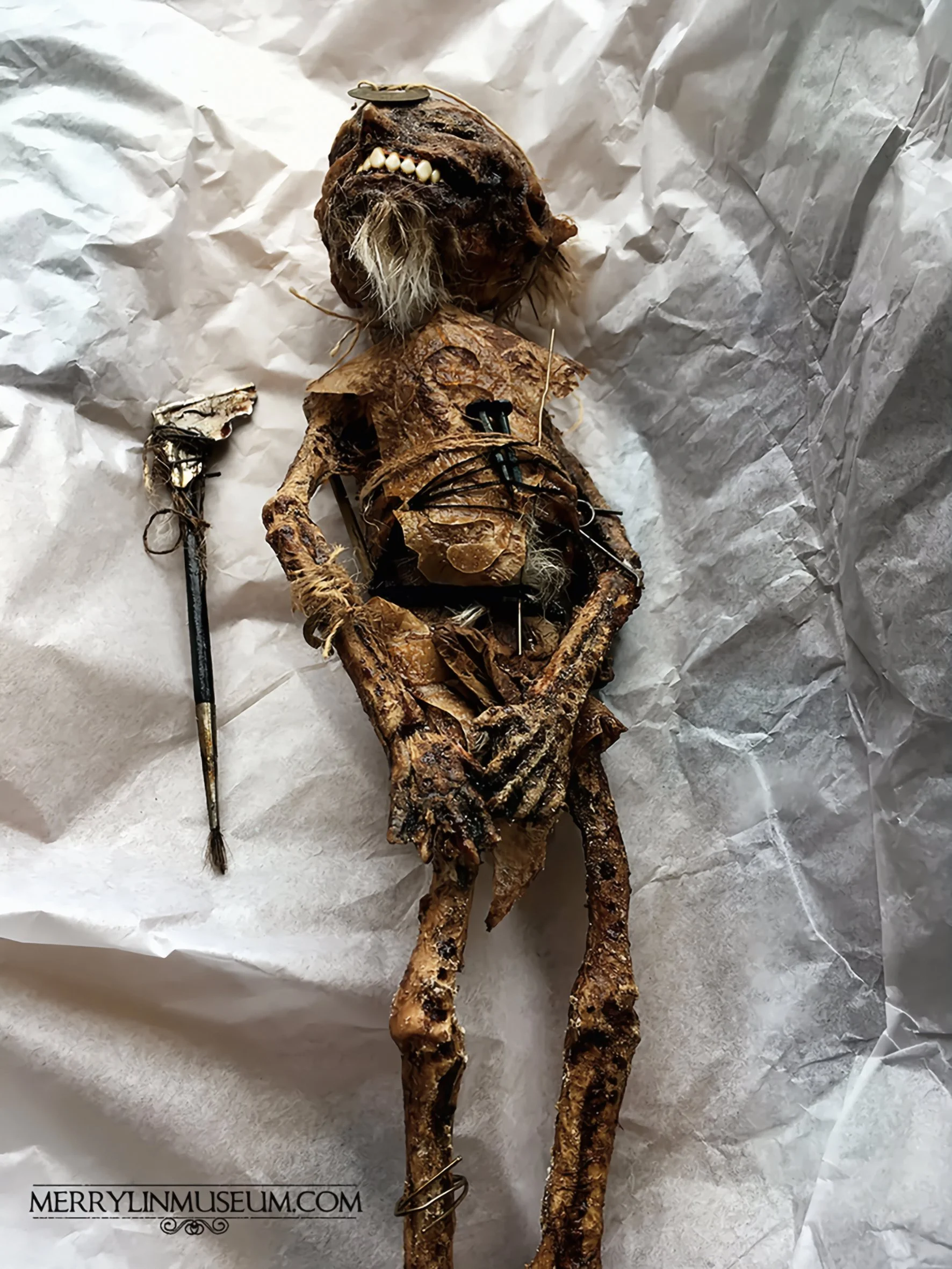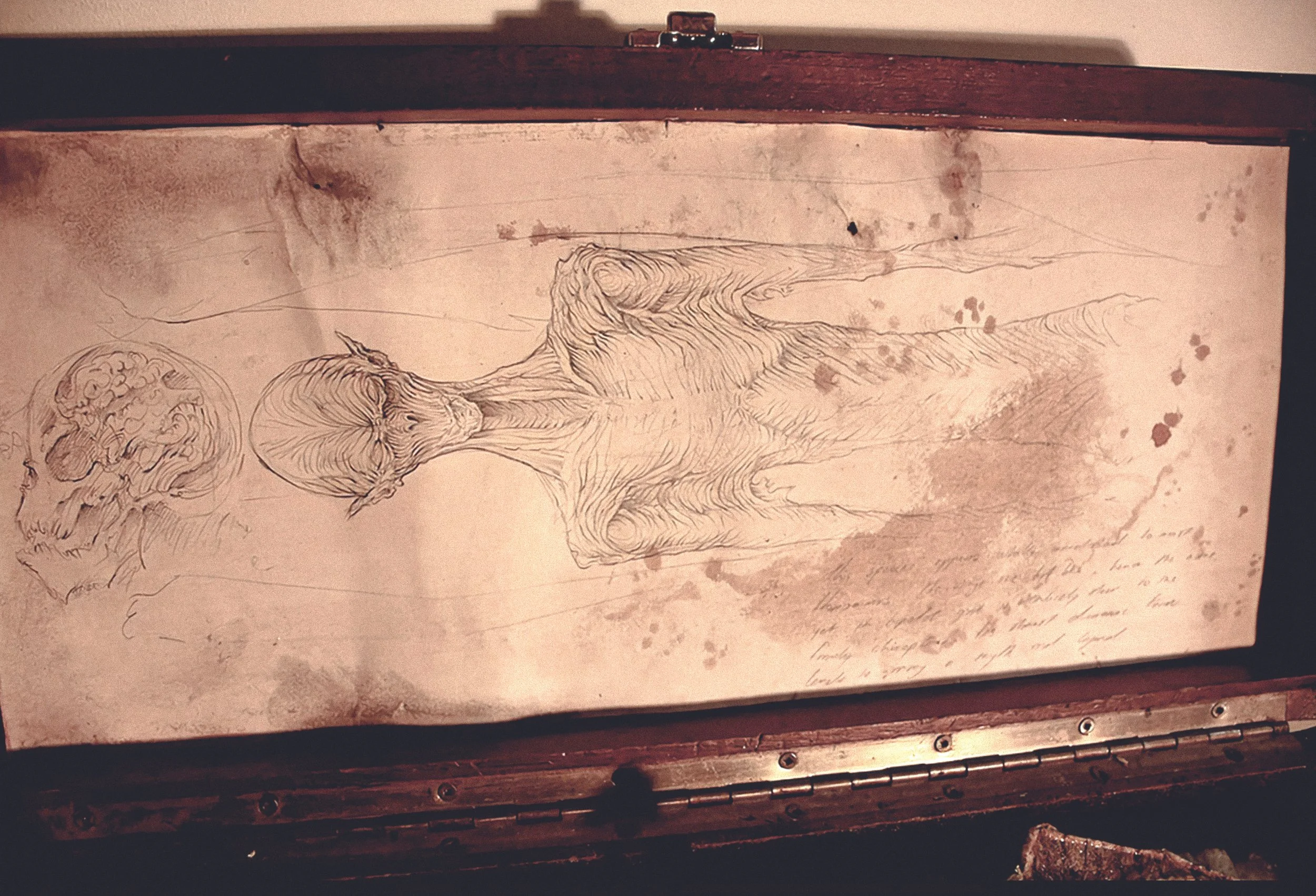Homunculi is a collective term for a series of hominid species found mostly in the northern hemisphere. They are the smallest, surviving, known direct relatives of Homo sapiens. They build burrows, and form complex social groups. Although their physiology is remarkably similar to ours, their evolution has endowed them with some curious and fascinating traits. Like fae, homunculi communicate via pheromones, released from scent glands in their hind quarters. They distinguish each other by these excretions and, within these scents, are a variety of emotional and physiological tells. The expulsion of the chemicals can also be used as a deterrent to predators. Sadly, it became apparent that these pheromones activated a series of receptors in the human brain, not only creating a sense of euphoria, but they might, in fact, trigger the release of a chemical similar to DMT. Homunculi were hunted to near extinction as a result.
Homunculi and fae were caught, and scent glands removed or dried whole and ground into powder. Ingesting this will cause a psychedelic hallucination and, rather particular to this substance, a supposed higher perception of objective reality, described by those exposed as the “faerie realm”. This perception will become an important quality of Thomas’s own research, into how one might ‘short circuit’ the brain into seeing a far greater portion of the light spectrum, or indeed beyond our perception of three-dimensional space. It is believed that encounters with these creatures and their defence mechanism is directly responsible for all manner of mythological storytelling linked to diminutive hominid species. It is also important to examine otherfantastical tales linked to this species.














